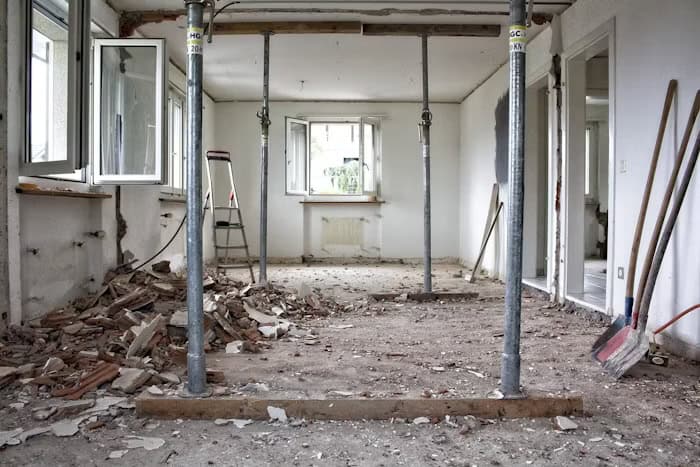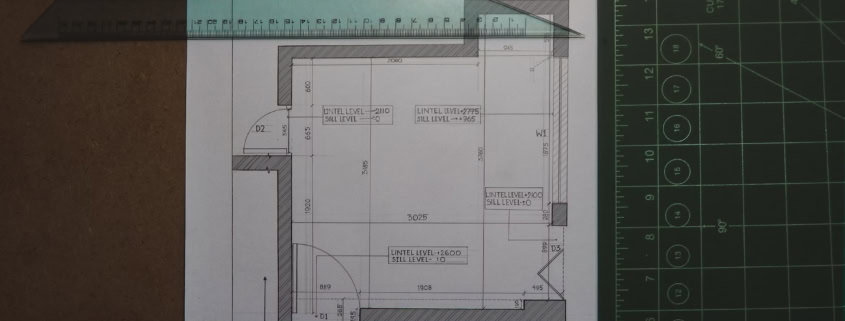SCIA – Structural Renovations in Italy
Planning more significant building work on your Italian property? If your renovation involves structural changes, changes to the use of a building, or safety-critical upgrades, you’ll likely need to file a SCIA (Segnalazione Certificata di Inizio Attività) — a certified notice required for many major interventions in Italy.
This article breaks down what a SCIA is, when it’s necessary, and offers real-life examples of its use. We also explain how De Tullio Law Firm can help you stay compliant with Italian construction laws and avoid unnecessary legal pitfalls.
What Is a SCIA?
SCIA, or Certified Notification of Start of Activity, is a legal procedure introduced to streamline approvals for more complex building works than those covered by CILA. Unlike CILA, which is used for minor, non-structural renovations, SCIA applies when the works affect the structure, safety, or intended use of a property.
Importantly, SCIA allows you to start work immediately after filing the documentation, but the local municipality has 30 days to review the application and raise objections if necessary.
When Do You Require a SCIA?
SCIA is mandatory for renovations that involve structural modifications, safety improvements, or changes in building use. Below are examples of when you need to submit a SCIA:
Structural Alterations
Removing or modifying load-bearing walls to reconfigure the layout of a historic apartment in Florence.
Expanding the Building Footprint
Adding an external staircase, terrace, or balcony to a countryside villa in Umbria.
Changing Building Use
Converting a ground-floor commercial space into a residential apartment in Milan.
Safety and Accessibility Upgrades
Installing an elevator or fire escape in a multi-storey residential building.

When a SCIA Is Not Required
You don’t need a SCIA if your planned works are purely non-structural and fall under ordinary or extraordinary maintenance — in these cases, a CILA may suffice.
For example:
- Replacing tiles or internal doors
- Moving non-load-bearing walls
- Installing new kitchens or bathrooms without structural changes
If your project goes beyond the scope of both SCIA and CILA — such as major new construction or a full property redevelopment — you’ll need to apply for a Permesso di Costruire (building permit).
Legal Requirements and Documentation
Filing a SCIA requires a detailed technical and legal dossier, prepared by a licensed architect, engineer, or surveyor. The core components include:
- Technical Report: A declaration from a qualified professional attesting that the works comply with Italian law and relevant building regulations.
- Project Drawings: Comprehensive architectural plans showing the proposed changes.
- Proof of Ownership or Title: To verify your legal right to carry out the works.
- Health & Safety Plan: Mandatory for any works involving construction teams.
- Structural Calculations (if applicable): To demonstrate the safety and feasibility of structural interventions.
Once the SCIA is submitted, work may begin immediately, although the municipality reserves the right to conduct checks or suspend activity within 30 days.
Legal Implications of SCIA Non-Compliance
Failure to file a SCIA when required can lead to serious legal and financial consequences. Authorities can impose substantial fines, suspend or demolish unauthorised works, and require retroactive approval (which is not always granted). Additionally, non-compliance can:
- Delay or block property resales
- Void insurance claims
- Trigger disputes with neighbours or the municipality
Example:
A property owner in Lecce converts a garage into a guest room without filing a SCIA. When they later try to sell the home, the notary flags the unapproved conversion, delaying the transaction and requiring expensive legalisation procedures.
How De Tullio Law Firm Can Help
As a leading specialist in Italian property law, we assist clients with complex building regulations, from project planning to final approval. Wherever you are in Italy, here’s how we can help with your SCIA:
Legal Feasibility Assessment
Before you begin structural work, we review your project and advise whether SCIA is the appropriate legal route — or whether you need a full building permit.
Coordination with Technical Professionals
We work with a network of architects, engineers, and surveyors across Italy to ensure your SCIA documentation meets all legal standards.
Risk Management and Due Diligence
We assess potential zoning issues, heritage protections, or local restrictions that could impact your project.
Legalisation of Past Works
If you’ve inherited or purchased a property with unapproved structural changes, we can assist in filing a SCIA in sanatoria to bring the property into compliance and avoid legal complications.
Finally …
Submitting a SCIA is not just about getting permission to build — it’s a legal safeguard that protects your property, your finances and your long-term plans in Italy. Whether you’re opening up a floorplan in Bologna or expanding your home in Lake Como, staying compliant with Italian law is essential.
For expert legal support and peace of mind, get in touch with De Tullio Law Firm for a free consultation. We’re here to help you renovate with confidence.
You may also like to download our Guide to Building and Renovating Property in Italy.
Get All Our FREE Guides for Foreigners Planning to Buy, Sell or Live in Italy
Our PDF guides give you all the knowledge you need to move your Italian dream forward with confidence
Download now



